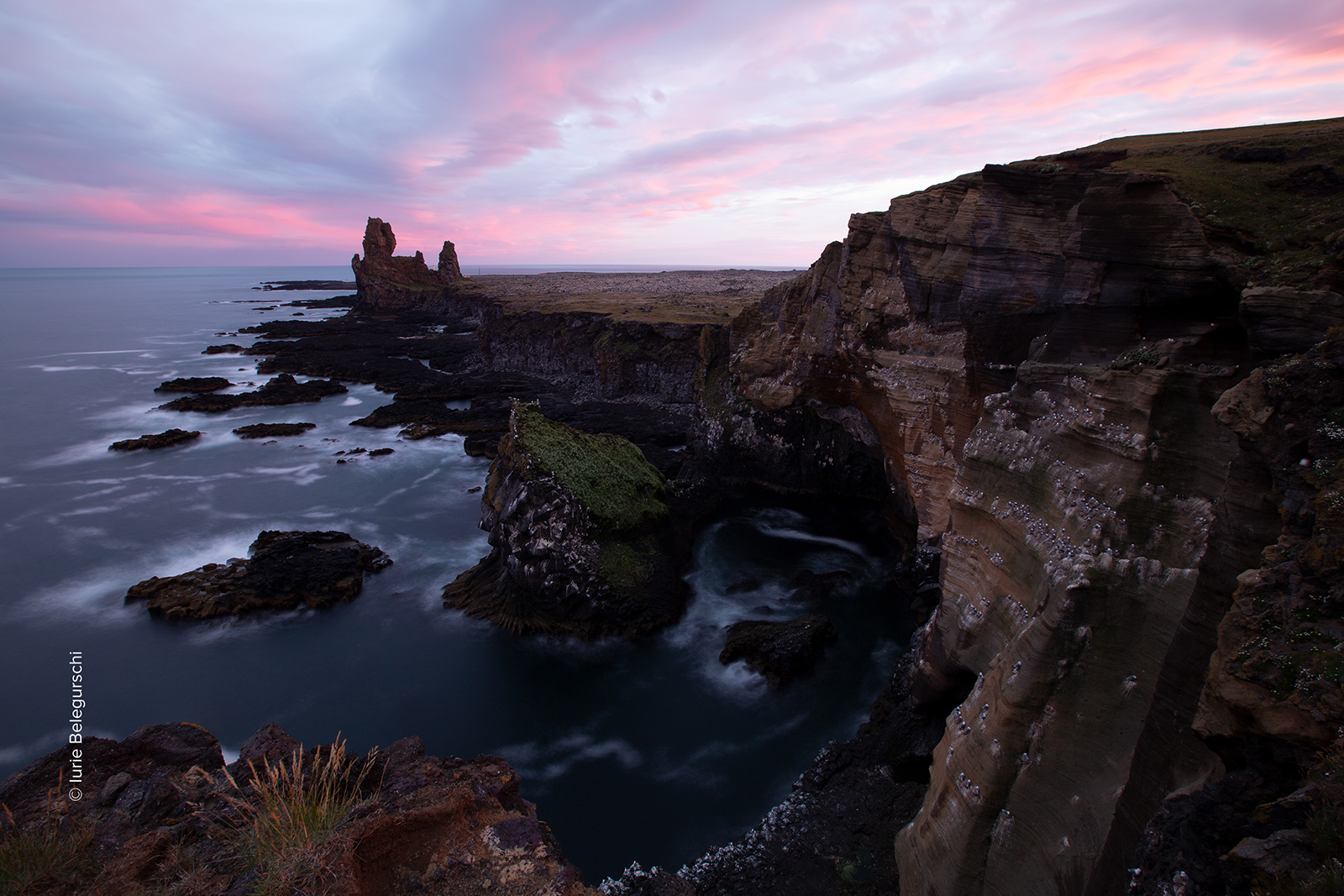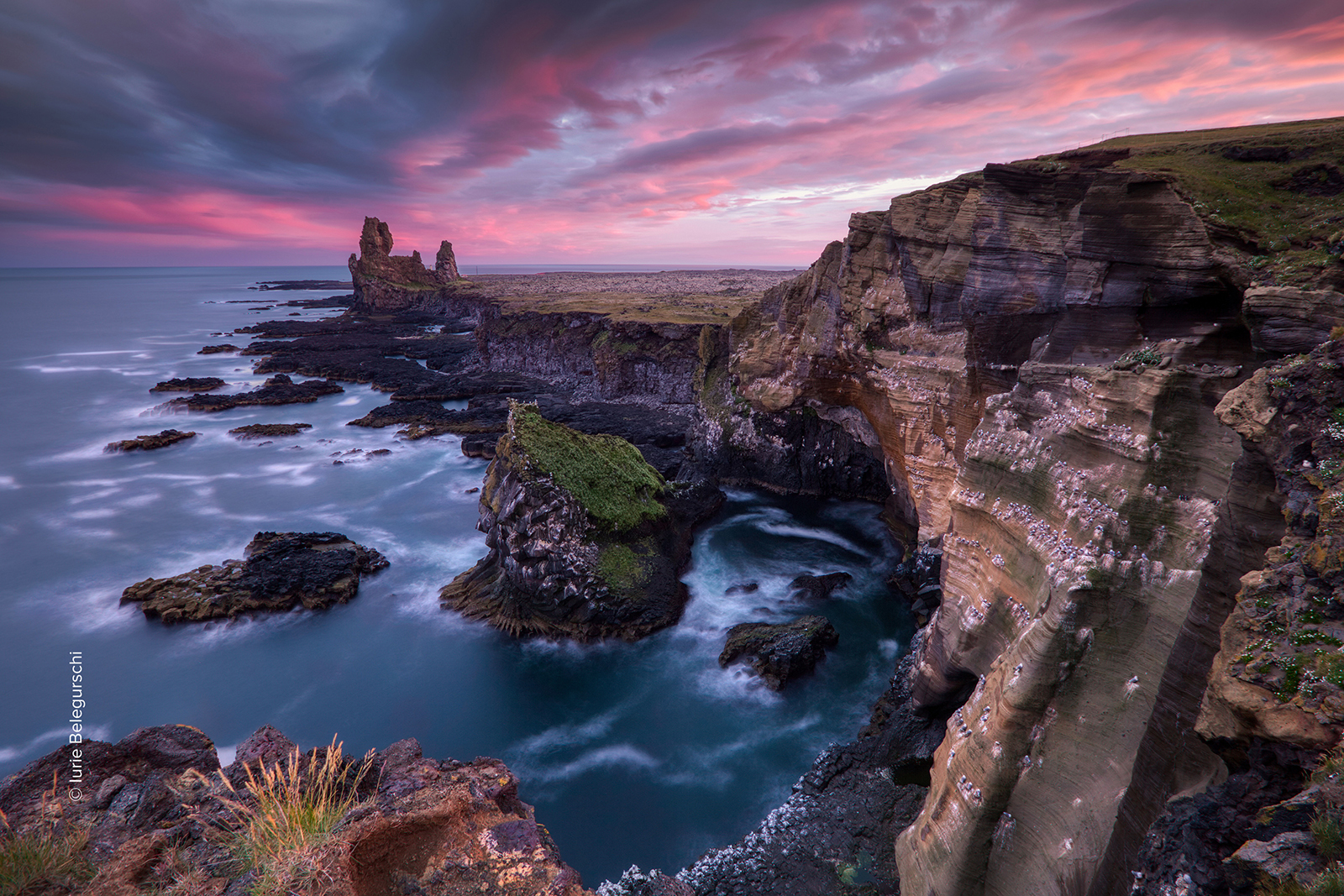
High dynamic range photography is easy to overdo into harsh colors and unnatural images — but the popular HDR-focused editor Aurora HDR is now using artificial intelligence to create more natural-looking edits. Skylum Aurora HDR 2019, launching on October 4 and now available for pre-order, is the most sophisticated version of the HDR tool yet, according to the company.
A Quantum HDR Engine powers the enhanced editing inside the update. The feature uses A.I. tone mapping to analyze the images and create a more natural merge. Skylum says that the A.I. creates images that are both dynamic and natural-looking by analyzing the photos before the merger.
The neural network helps reduce some of the issues commonly created when merging multiple files in order to capture a wider range of light in high contrast scenes. Skylum says the update is more capable at handling burned colors, noise, and lower contrast sometimes caused by HDR mergers. The program is also more capable of handling halos and de-ghosting, both common issues when merging an
The new HDR Engine is joined by what Skylum is calling
The update also brings LUT mapping, a color correction tool common in video editing. With the new color grading tools, editors can bring out specific tones or create a different look, including black and white and film-inspired looks. The LUTs also join the renamed Aurora HDR Looks (formerly Presets) to create specific image styles. The update has more aesthetic choices Skylum says, and allows for textures and mask-based editing.
A majority of the new tools inside the update stem from Skylum’s A.I. lab — including three years of research into that new Quantum HDR Engine, which is impressive considering Aurora
“We are incredibly excited to get Aurora HDR 2019 into the hands of photographers from around the world,” said Skylum CTO and co-founder Dima Sytnik. “The results are so accurate and natural that the final images appear as though you’re looking at the scene with your own two eyes. Simply put, it’s
The update launches on October 4 for $99 (or $59 for current users to upgrade). Pre-orders are already available with a $10 discount and bonus materials.
Editors' Recommendations
- Two-click photo editing? Skylum Luminar teases A.I. photo app
- No more masks? A.I. automatically replaces the sky in upcoming Luminar





